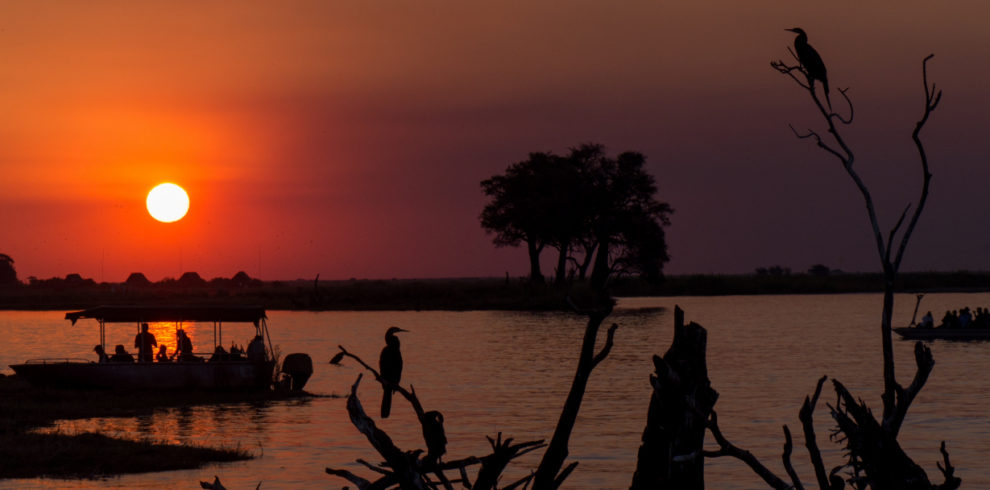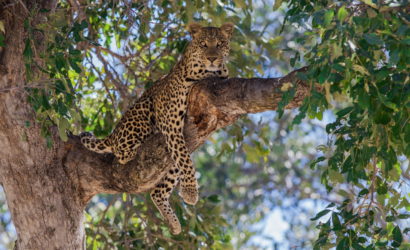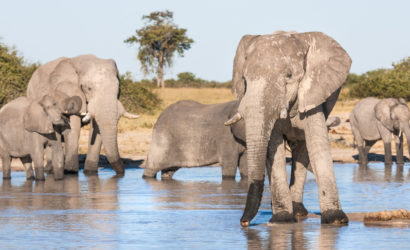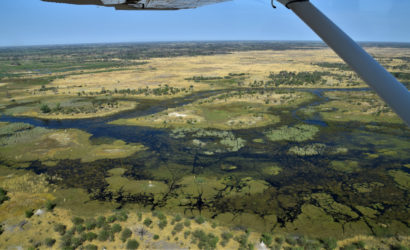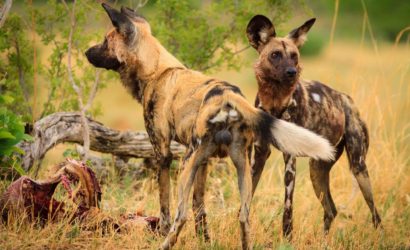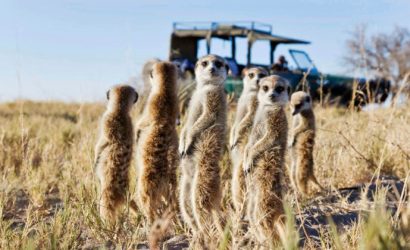Chobe National Park Riverfront
"Chobe National Park is a must-visit destination for wildlife enthusiasts and nature lovers visiting Botswana."
Chobe National Park is located in the northern part of Botswana. It covers an area of approximately 11,700 square kilometers making it one of Africa’s largest national parks. The park is situated on the banks of the Chobe River, which is an important water source for the park’s wildlife.
Chobe National Park is divided into four distinct habitats: The Chobe Riverfront, the Ngwenzumba Pans, the Savuti Marsh, and the Linyanti Marshes. The Chobe Riverfront is a lush area that is dominated by riverine forests, floodplains, and grasslands.
It is the one of the most biologically diverse national parks in the world and it is also one of the best wildlife destinations in the world particularly for its high concentration of Cape Buffaloes and Elephants.
Wildlife In Chobe
Chobe is known to have the largest population of Elephants in the world. Below are some of wild animals you may see in the Chobe National Park
African elephant | African buffalo | Lion | Leopard | African wild dog (painted dog) | Spotted hyena | Hippopotamus | Nile crocodile | Giraffe | Zebra | Warthog | Impala | Kudu | Waterbuck | Sable antelope | Roan antelope | Bushbuck | Puku (endangered) | Red lechwe | Steenbok | Duiker | Chacma baboon | Vervet monkey | Bat-eared fox | Side-striped jackal | Honey badger | Slender mongoose | Banded mongoose
Bird life In Chobe
Chobe National Park is home to a diverse range of bird species, with over 450 species recorded in the park.
African fish eagle | Pelicans (great white and pink-backed) | Kingfishers (malachite, giant, pied, striped, and pygmy) | African skimmer | Marabou stork | Lilac-breasted roller | Carmine bee-eater | Wattled crane | Grey-headed gull | White-backed vulture | Bateleur eagle | Tawny eagle | Martial eagle | African hawk-eagle | Wahlberg’s eagle | Black-chested snake eagle | Long-crested eagle | African harrier-hawk | Lappet-faced vulture | African white-backed vulture | Hooded vulture | Yellow-billed kite | Osprey | African jacana | Goliath heron | Grey heron | Black egret | Saddle-billed stork | Open-billed stork | Sacred ibis | Glossy ibis | Hadada ibis | Yellow-billed stork | African spoonbill | Pied avocet | Black-winged stilt | Meyer’s parrot | Brown-headed parrot | White-fronted bee-eater | Swallow-tailed bee-eater
Best Time To Visit Chobe National Park
The Dry Season: July to October
This is the sweet spot. The dry season usually extends from May to early November, and game viewing along the Chobe River and Savuté is prime. It can get hot starting in August, so plan accordingly.
The Rainy Season: December to March
The rainy season. Great for bird watching and seeing the zebra migration in Savuti. The impala give birth during this time, so the predators are very active, too.


